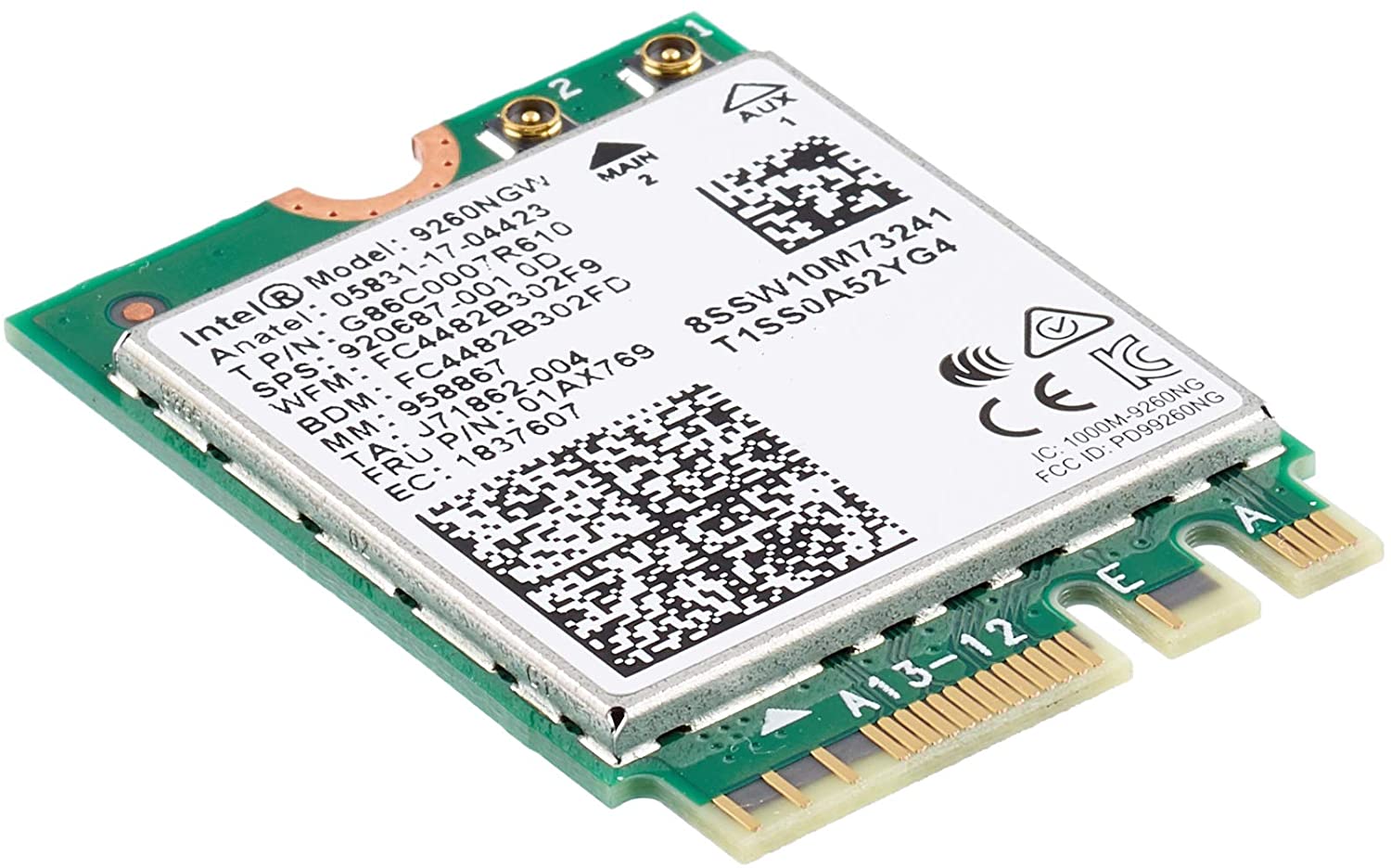‘Your Computer is Low on Memory’ Error Repair
Your Computer is Low on Memory, What is it?
Low on Memory is a Windows PC memory leak error. You may come across it out of the blue however, there are various underlying reasons for this PC error. It is like a warning sign that indicates memory/RAM issues on your system.
The ‘Your Computer is Low on Memory’ error means that your PC does not have enough memory space for all the activities you are trying to perform. Due to this error, your Windows and programs can also stop working.
If this error is not fixed timely it can lead to serious PC threats like valuable data loss and hard disk corruption.
Along with this memory error, you may also come to experience other types of signs including PC poor performance, speed issues, out-of-memory notifications, and display problems.
Solution
 Error Causes
Error Causes
The ultimate and the underlying cause of low memory error is
data overload in the RAM which triggers registry issues. To understand this better, here is a comprehensive explanation. The computer has 2 types of memory, RAM (Random Access Memory) and virtual memory.
All programs and activities that you do on your computer are saved by the registry in the RAM.
This includes obsolete and unnecessary files too like junk files, cookies, internet history, temporary files, invalid registry entries, and bad registry keys. Due to poor PC maintenance practices, these files accumulate in the RAM, thereby overloading it.
Also, all programs on the PC use RAM to run. So, when there isn’t enough RAM for the program you are trying to run on your system, Windows temporarily moves information that would normally be stored in RAM to a file called a paging file which is also referred to as the virtual memory.
By moving the information to and from the paging file- the virtual memory, Windows temporarily frees up enough RAM for programs to run smoothly. However, when you start running more programs than the RAM installed on your PC can support, low memory errors begin to occur.
It triggers that the computer is out of RAM and is also low on virtual memory.
Further Information and Manual Repair
PC users should know that this is a critical error therefore it is advisable to fix it immediately before the damage sets in. Here are some of the best solutions that you can try to resolve Your computer is low on memory and similar memory leak errors on your system.
1. Run Few Programs at a Time
This is a temporary solution to prevent low memory problems. By running a few programs at one time you can easily keep this memory error away from popping on your computer screen.
However, this can cause you inconvenience if you run several programs together to perform different tasks simultaneously.
2. Increase the Virtual Memory Size
Though Windows automatically attempts to augment the virtual memory size the first time you experience ‘low on memory issues; however this again is a temporary way out of this problem.
But if you are looking for a solution that can resolve these memory issues for a long time, then you can try manually increasing your PC’s memory size. Increase it up to a maximum size this is by the way determined by the amount of RAM installed on your system.
Nonetheless, the drawback of this solution is that increasing the paging file size can reduce your PC performance. It can make your programs run more slowly.
3. Install More RAM
Another solution to resolve low on memory issues is to install more RAM. To do this first check your system properties to see the size of the RAM already installed on your PC.
To do this press the Windows key+ Pause/Break key this will open system properties. If the RAM size is lower than 2 GB then you need to install more RAM. But if it is more then you should look for two things one check the piece of software that is causing the problem and secondly you need to
clean the registry and remove the unnecessary files from your RAM and hard disk.
This would free up space dramatically and resolve the low memory issue right away.
4. Download and Run Restoro, Registry Cleaner on your System
To clean the registry and wipe out unnecessary and obsolete files overloading your RAM and disk space, you should download Restoro.
Restoro is a next-generation and highly functional error cleaner.
By running this error cleaner on your system, you can easily scan for junk stored in your RAM and hard disk and remove it in seconds, clearing up ample disk space. This will resolve all your PC memory-related issues. Furthermore, it repairs the damaged files and restores the registry too.
It spares you from the hassle of installing more RAM or virtual memory. Since this PC repair tool also functions as a system optimizer, it simultaneously boosts the speed of your system thus resolving speed issues too, all in one go.
Restoro is a bug-free and efficient tool. It has a user-friendly interface making it easy for all levels of users to operate and run it on their systems. Furthermore, it is compatible with all Windows versions including Windows 7, 8, XP, Vista & 10.
Click here to download Restoro to resolve Low on Memory issues on your PC in seconds!



 New Microsoft store
New Microsoft store Following are proven solutions that will resolve the issue and provide you with a working device.
Following are proven solutions that will resolve the issue and provide you with a working device.
